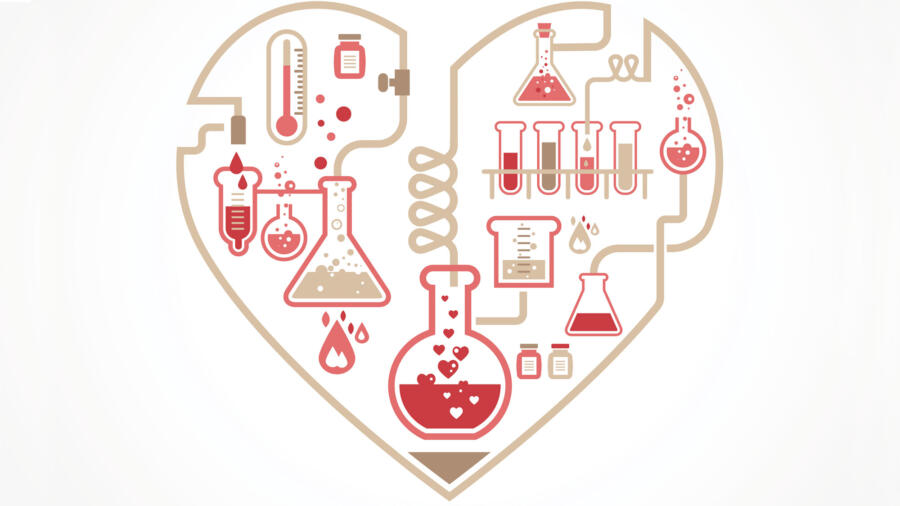In 1598, poet Christopher Marlowe wrote: “Who ever loved, that loved not at first sight?” It’s a sentiment that has affected millions of lovebirds the world over. Most people won’t be ashamed to admit they fell in love at first sight, though plenty of skeptics question whether it’s even possible. The truth of the matter is… it is! It might be whimsical and dramatic, but love at first sight is really just an expression indicating intense attraction. It’s a phrase immortalized in romance, and it’s not impossible to experience. Here’s proof we can all live out our storybook fantasies and fall in love at first sight.
It’s proven scientifically
Falling in love generally requires three stages: romantic love, sexual desire and feelings of deep attachment. When those stages are reached, the brain releases whopping amounts of the hormone dopamine, a chemical that triggers the pleasure part of your brain, which we naturally crave. A brain in love is addicted to it, according to TIME magazine and it’s ultimately rewarded. This may be the most rewarding incentive for anything, ever.
Love can be good for you
Studies indicate a happy relationship prompts amazingly positive physical health benefits. Our bodies and minds are in better form when we are in healthy relationships, especially marriage. Even though love at first sight inevitably leads to physical encounters (ie: fun in the sack), a simple kiss has been shown to lower stress, relieve pain and boost immune systems.
We’ve been doing it for a very, very long time
Even before dating was a thing, cavemen were falling in love at first sight. Studies have shown that the human species are designed to instantly distinguish friends from enemies, skills evolved to seek out potential partners. It takes your brain literally one second to decide whether someone is physically attractive or not. It takes a total of three minutes to decide whether you have fallen for someone based on their voice and the words they use, and this attraction can grow knowing their values, background and mannerisms.
